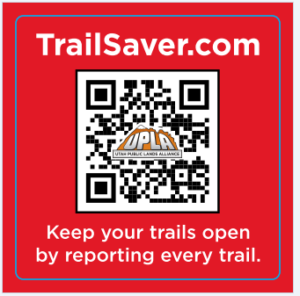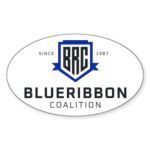
Click to Visit
The challenge we’ve always faced with Travel Management is that we’re always playing catch up with only 30 days for most comment periods, by the time we get the word out and ask people to go out and write comments, we’re playing catch up and don’t have time to run trails or provide great comments to persuade BLM or Forest Service to Keep them Open.
UPLA launched Trail Saver, a new tool for you to prepare notes after each ride you go on, anywhere in Utah. There’s nothing more effective than putting your thoughts in writing right after your ride when everything is fresh in your mind, and your photos and gpx tracks are easily available. If you spend just 5-10 minutes writing a brief report, it will really help us collect better data. Once you submit the form, it will email you a formatted copy of your comments for that trail along with some helpful hints that will make it easy to submit your comments when they are needed. We all think of something else right after we hit submit, Trail Saver allows you to edit or add to your comments, and will immediately send you a revised report. UPLA, BlueRibbon, and local clubs working that area may also be copied on the comments so that they can also assist.
You don’t have to worry about confusing dates either, once the comment period opens for that Travel Management Plan, Trail Saver will email you a reminder with all of your comments, photos, tracks, ratings, etc, along with more tips and instructions on how to submit them to BLM and or Forest Service. For the system to work effectively, you will need the BLM or Forest Service Route numbers, so I recommend you take a pic of those signs as you go by them and include those when submitting your form.
TrailSaver reports should be thought of as your notes about what makes keeping the route open important, views, dispersed campsites, challenging or easy, significant vistas, connections to other important routes can all be important. Make an effort to write short notes on every trail you go on, and let Trail Saver keep track of them. When it’s time to submit comments to BLM, TrailSaver will email you your report along with all your photos and other attachments to make it easy to submit great comments. Unfortunately, 90% of all comments submitted to BLM are not considered because they don’t meet BLM “substantive comment” standards. To learn what makes your comments make a stronger impact, watch our series of short videos on Youtube, or click on this helpful BLM link
Order and display TrailSaver stickers on your rigs so you can explain the program to others you run into. You can order stickers for yourself, group, or club at www.TrailSaver.com
Comments are now open for Henry Mountains and Fremont Gorge, which you should submit to BLM. Other areas coming soon will be Trail Canyon and Pausaugant in Kanab and Dino North in Vernal, so we especially need reports on these, but please submit reports everywhere you go in

Click to visit

